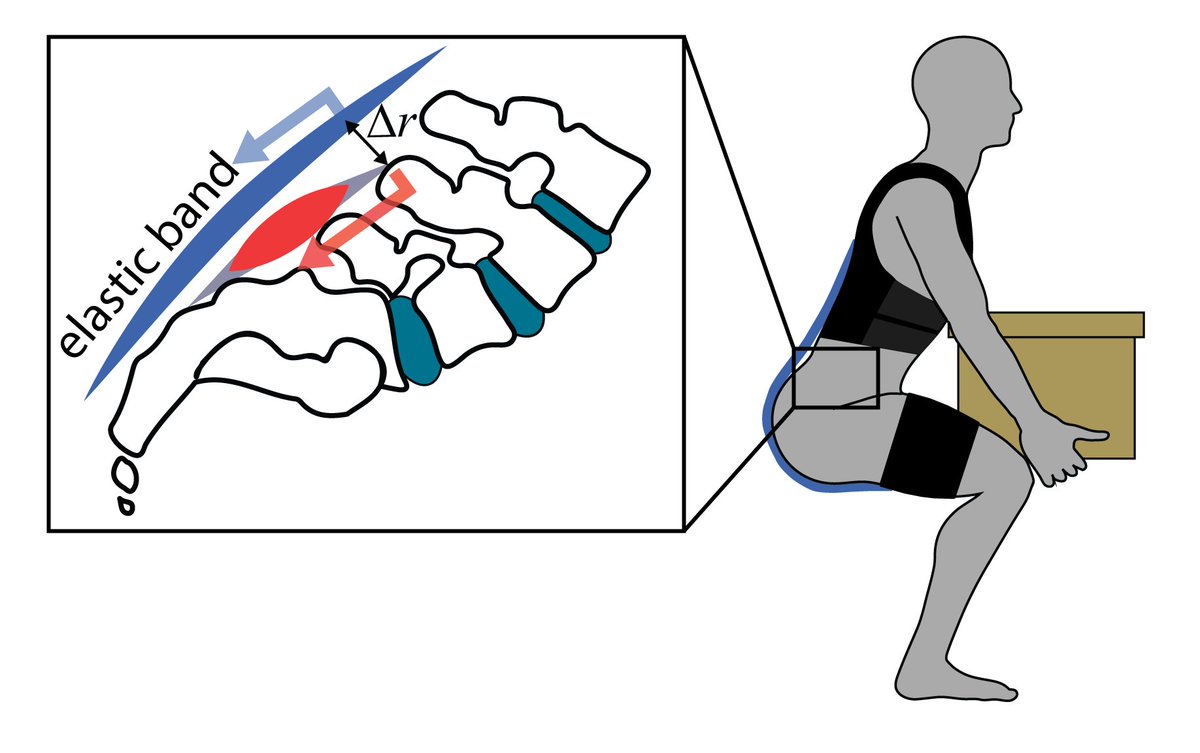
I wish I learned this tip earlier in my career:
👉🏽 If you do R&D on wearable or assistive tech, wear/use prototypes regularly in your daily life. It helps empathize with end users. And improves your ability to design and test for usability & practicality.
Here's why (brief 🧵)
👉🏽 If you do R&D on wearable or assistive tech, wear/use prototypes regularly in your daily life. It helps empathize with end users. And improves your ability to design and test for usability & practicality.
Here's why (brief 🧵)
1. It builds your intuition.
In retrospect, this tip seems obvious. But most researchers & developers don't do it. It took me >10 years of biomedical R&D to realize it.
Once I did, it transformed how I evaluate and develop new #exoskeletons, #prosthetics, #bionics & #wearables
In retrospect, this tip seems obvious. But most researchers & developers don't do it. It took me >10 years of biomedical R&D to realize it.
Once I did, it transformed how I evaluate and develop new #exoskeletons, #prosthetics, #bionics & #wearables
2. It provides clarity.
You'll notice design constraints you never knew existed. You'll think more deeply about user experience. And you'll create better lab and field evaluations more quickly.
It helps preempt fatal flaws before you start any serious design or testing work.
You'll notice design constraints you never knew existed. You'll think more deeply about user experience. And you'll create better lab and field evaluations more quickly.
It helps preempt fatal flaws before you start any serious design or testing work.
This advice has been so impactful to my own R&D that it feels more like a cheat code than a tip.
Give it a try yourself! Post your own suggestions or questions. Or read more about my somewhat unorthodox approach to #biomechanics & wearable tech R&D:
news.vanderbilt.edu/2022/10/10/bod…
Give it a try yourself! Post your own suggestions or questions. Or read more about my somewhat unorthodox approach to #biomechanics & wearable tech R&D:
news.vanderbilt.edu/2022/10/10/bod…
• • •
Missing some Tweet in this thread? You can try to
force a refresh








